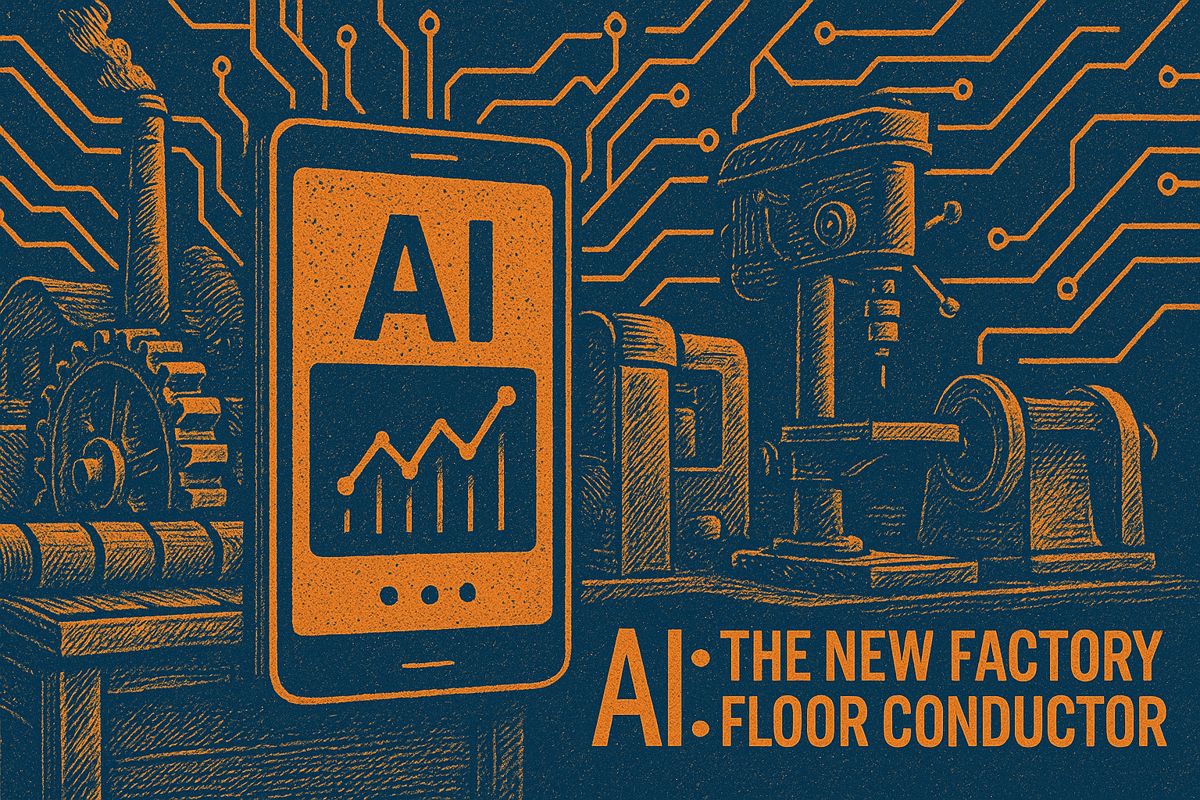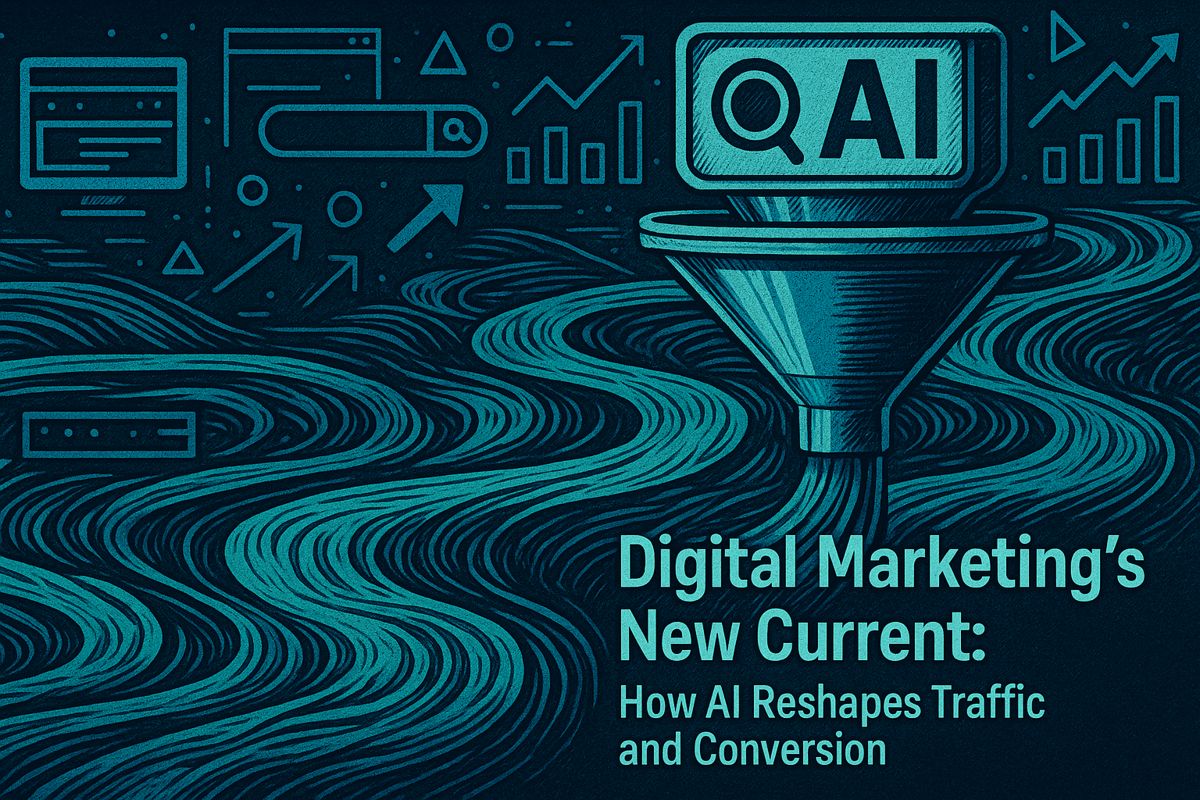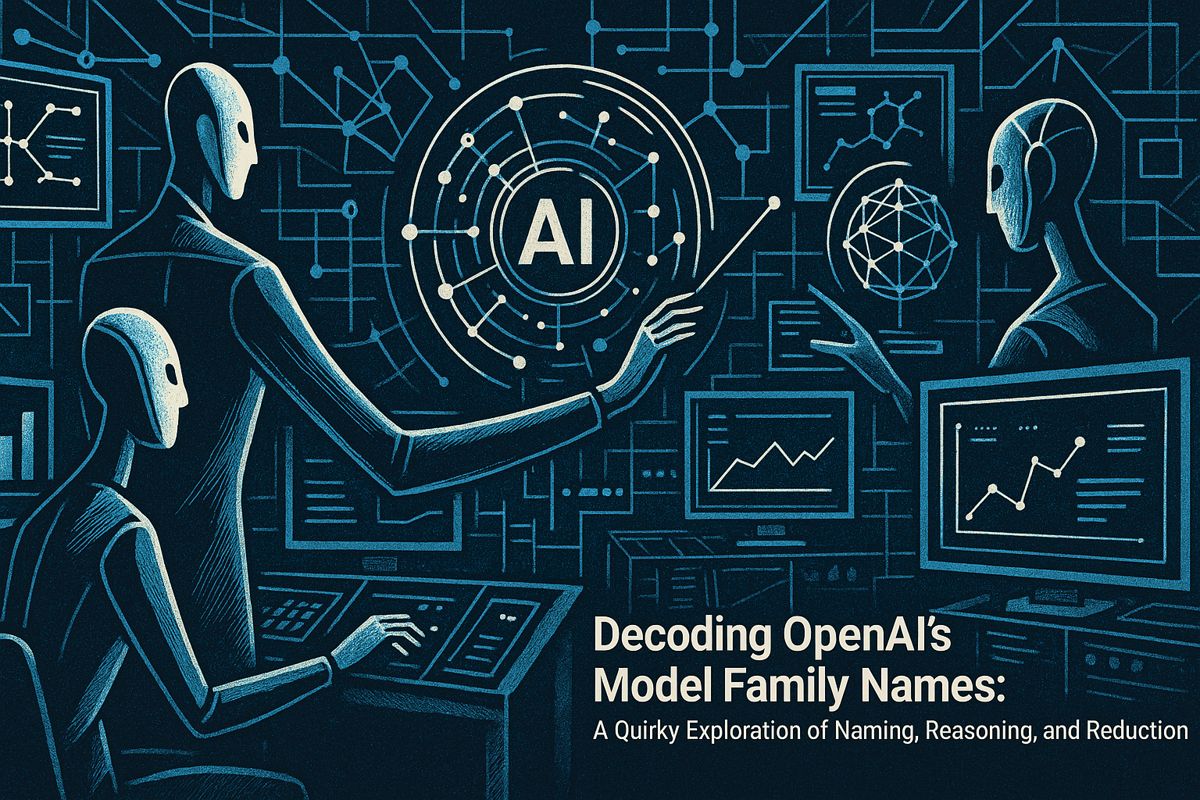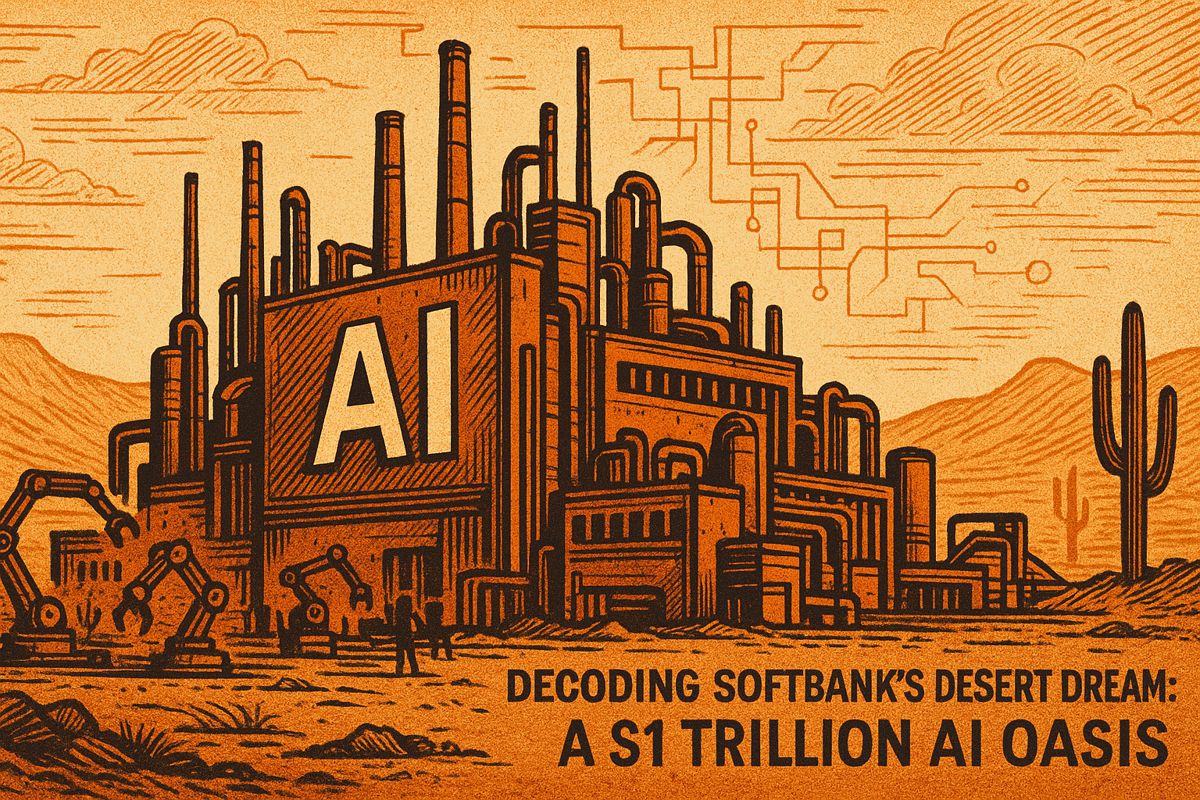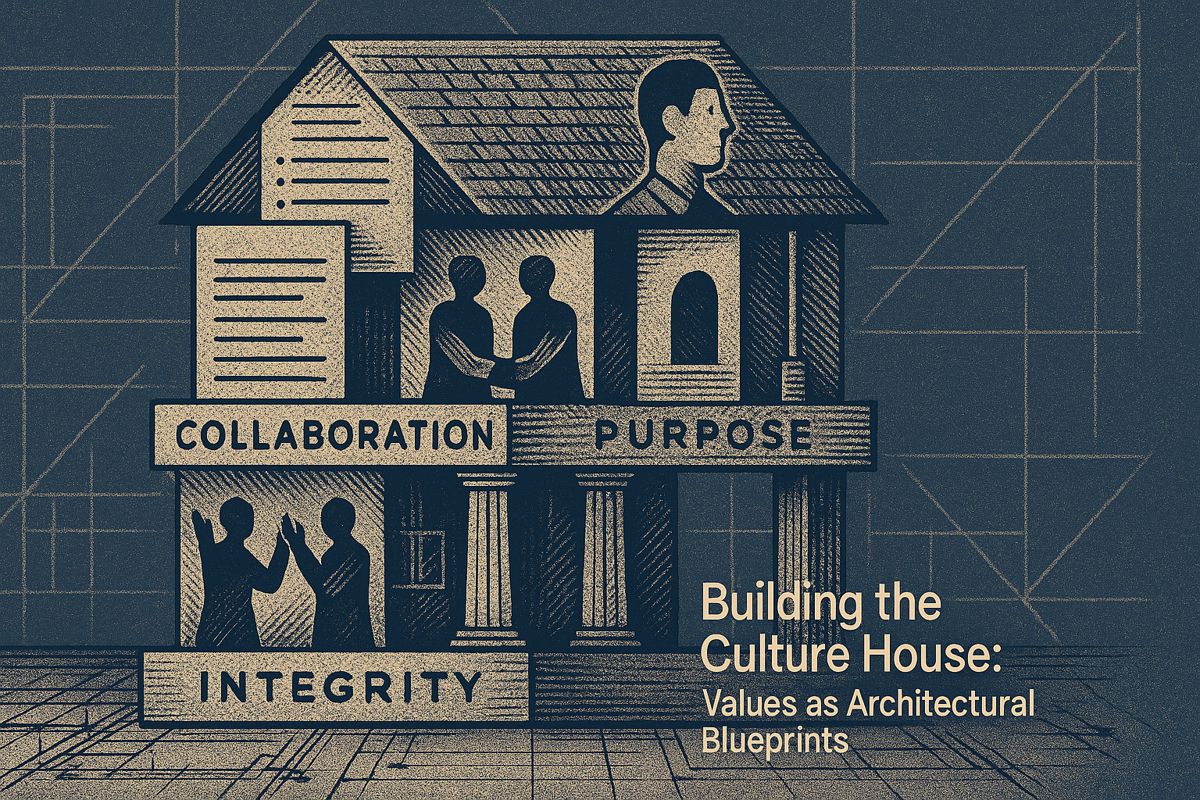Here’s the text with the most important phrase emphasized in markdown bold:
Generative AI is transforming manufacturing by revolutionizing traditional Manufacturing Execution Systems with unprecedented flexibility and adaptability. These powerful AI tools can simulate process changes, reconfigure production schedules, and detect anomalies faster and more efficiently than ever before. With 38% of manufacturers already experimenting, these domain-agnostic AI models are turning factory operations from rigid, error-prone processes into dynamic, intelligent systems. The technology is not just changing machinery, but fundamentally reshaping how workers approach problem-solving and innovation. By reducing manual drudgery and freeing up human creativity, GenAI is ushering in a new era of manufacturing intelligence where imagination becomes the primary limit.
How is Generative AI Transforming Manufacturing Execution Systems?
Generative AI is revolutionizing manufacturing by outpacing traditional MES platforms, offering unprecedented flexibility, real-time adaptability, and predictive capabilities. With 38% of manufacturers already experimenting, these AI tools can simulate process changes, reconfigure production schedules, and detect anomalies faster and more efficiently than ever before.
The Unexpected Revolution in Factory Intelligence
It never fails to surprise me how the world of manufacturing throws up its most seismic shifts not in glossy exposés, but in the footnotes of technical briefings. Take Critical Manufacturing, for instance – a name usually confined to MES (Manufacturing Execution Systems) circles, and one I’d previously encountered only during a particularly chaotic data audit for a Chonburi client. This week, their press release packed a punch: generative AI tools, in actual deployments, have started to outpace traditional MES across the production line. At first I blinked twice, wondering if I’d misread. But no, there it was, echoing in my mind like the harsh, static-laden buzz of a plant floor in July.
You know, I still remember the sensory overload of those Chonburi factories: the metallic tang of soldered circuits, engineers hunched like chess masters staring at terminal screens, and the sudden panic a missing barcode could trigger – sending stress ricocheting through the shop faster than the whir of an SMT machine. The notion that an AI could predict and prevent those missteps, rerouting orders before a supervisor even noticed, is both exhilarating and, well, a little unnerving.
But does this mean MES platforms – once the backbone of industrial digitalization – are on their way out? I found myself chewing over that, recalling my own early skepticism and the faint embarrassment of dismissing AI as little more than marketing dazzle. I was wrong.
Somchai’s Story: From Spreadsheet Slog to AI Orchestra
It’s not an isolated incident. Industry reports, including the sprawling Deloitte 2025 Smart Manufacturing Survey, reveal that 38% of manufacturers are already experimenting with GenAI. The numbers are more than hype: real-world pilots show drastic reductions in scheduling overhead and error rates. Remarkably, these AI models weren’t even built for shop-floor chaos; they’re generalists, like OpenAI’s GPT-4 or Google’s Gemini, originally meant for language and image tasks. Yet here they are, crunching through job shop schedules and maintenance logs as if born for it.
Isn’t it odd? Or perhaps, inevitable. Like watching a chess grandmaster play checkers, and inventing entirely new moves for the fun of it. I’ll admit, there’s a twinge of envy – oh, to have such a tool during my own endless nights solving machine bottlenecks with nothing but coffee and faint optimism.
Why GenAI Is Beating the Old Guard
The core of this shift lies in flexibility. Traditional MES systems function like a rigid skeleton: excellent for structure, but struggle when reality throws a punch. One machine breaks, a rush order drops in, and suddenly it’s as if the entire plant’s caught in quicksand. GenAI, by contrast, adapts on the fly. It can simulate countless process tweaks in seconds, reconfigure production schedules in minutes, and even sniff out anomalies in sensor data days before a human eye would catch them. The effect? Fewer costly errors, less downtime, and a vibe on the shop floor that’s, dare I say, almost optimistic.
No wonder Francisco Almada Lobo, CEO of Critical Manufacturing, says, “the imagination is the limit.” That’s not just a slogan. When you unleash a domain-agnostic AI in a specialized world like manufacturing, it starts weaving together patterns no rulebook ever anticipated. It’s as if you handed a kaleidoscope to an engineer and asked them to find new constellations in the data sky. Sensory detail: the hum of machines now feels less like white noise, more like a pulse you can interpret.
Gartner, for its part, continues to rank Critical Manufacturing among MES leaders, and it’s not hard to see why. The integration game is changing; MES, ERP, and QMS are being stitched into a single, context-aware tapestry by GenAI, dissolving data silos that used to slow everyone down.
The Human Angle: From Drudgery to Innovation
This isn’t just technological fireworks. The real story is psychological. I still feel a flutter of awe – and, I confess, a flash of anxiety – at how quickly the mental landscape of factory work is morphing. The drudgery of error-chasing and manual troubleshooting is melting away, replaced by the chance to innovate and refine. I vividly recall the old exhaustion of chasing down spreadsheet errors until my eyes blurred. With GenAI, that grind evaporates, freeing up mindspace for real problem-solving and design.
A minor confession: early on, I doubted all this would stick. Yet now, seeing Somchai and his colleagues reclaim their lunch hour, I’m convinced. The tactile joy of a hot meal, eaten without a spreadsheet looming over your head, is a tiny but tangible proof. It’s an imperfect future, full of quirks and missed beats – the occasional glitch or illogical AI suggestion no doubt remains. Progress, after all, never comes with a perfectly sharpened edge…
So, is the imagination really the only limit? Maybe. Or maybe we just need to get comfortable letting algorithms dream on our behalf.

